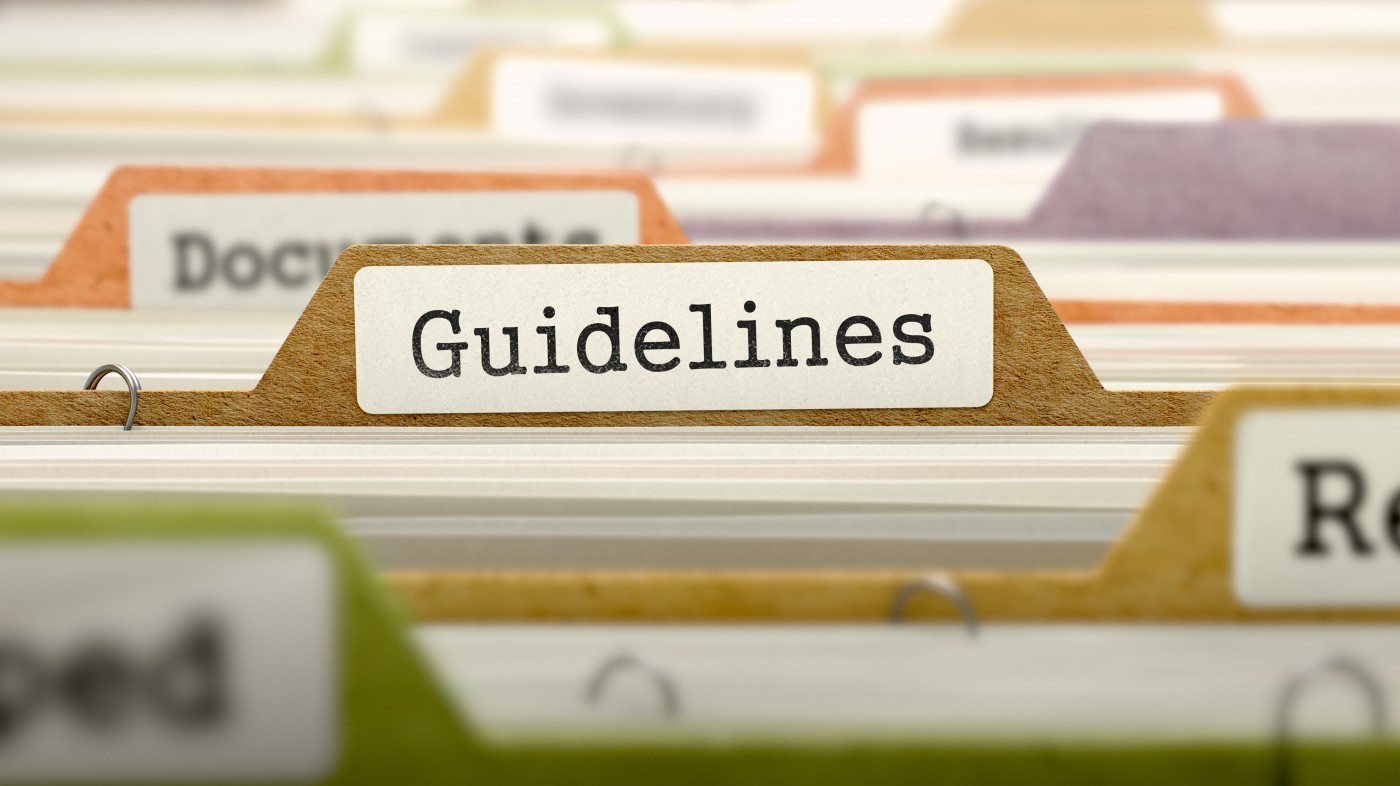UK’s NICE Publishes First Guideline on Cerebral Palsy to Improve Diagnosis, Treatment

The U.K.’s National Institute for Health and Care Excellence (NICE) has published its first guideline on cerebral palsy (CP), focusing on the causes and treatment of the disease and the most common comorbidities — or simultaneous conditions — such as saliva control, pain, mental health, and communication issues.
The new guideline, “Cerebral palsy in under 25s: assessment and management,” covers diagnosing, assessing, and managing CP in children and young adults from birth to age 25. Its goal is to ensure that cerebral palsy patients receive the care and treatment they need so they can be as active and independent as possible.
The guideline’s recommendations include multidisciplinary care; managing feeding and drooling problems; supporting speech, language, and communication; assessing and managing pain, distress, and sleep disturbances; managing other comorbidities, including mental health problems; and transitioning from pediatric to adult services.
It also calls for healthcare professionals to recognize that parents and caregivers have a key role in recognizing and assessing pain, discomfort and distress in children and young people with the disease, and that all children with delayed motor milestones should be referred to a child development service for further assessment.
“Cerebral palsy is a life changing condition for families but we know the earlier we can identify cerebral palsy the more effective our interventions can be,” Mark Baker, director of the Center for Guidelines at NICE, said in a press release.
“This guideline will help drive improvements in the standard of care for people with cerebral palsy across the country and ensure both clinicians and families are aware of common comorbidities to watch out for,” he said.
Neil Wimalasundera, a consultant in pediatric neurodisability at London’s Great Ormond Street Hospital and a member of the group developing the guideline, said he hopes the guideline “will help improve the diagnosis of cerebral palsy and reduce variation in clinical practice across the country. Historically, patients haven’t been routinely offered MRIs to confirm diagnosis when the cause of cerebral palsy is not clear – this guideline will help guide appropriate investigations when needed.”
“Getting the diagnosis of cerebral palsy correct and recognizing red flags for other conditions is essential,” Wimalasundera added. “Delays in diagnosis can mean potential treatments may be delayed or missed altogether .”
NICE is currently developing an additional guideline on the management of CP in adults. Its expected publication date is January 2019.


